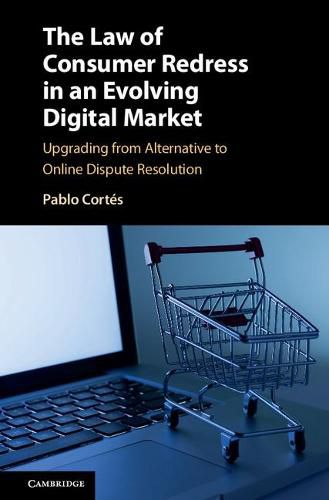Readings Newsletter
Become a Readings Member to make your shopping experience even easier.
Sign in or sign up for free!
You’re not far away from qualifying for FREE standard shipping within Australia
You’ve qualified for FREE standard shipping within Australia
The cart is loading…






This book advances the emergence of a new sub-field of study, the law of consumer redress, which encompasses the various dispute resolution processes for consumers, their regulations, and best practices. The book argues that the institutionalisation of alternative dispute resolution (ADR) bodies are expanding their functions beyond dispute resolution, as they are increasingly providing a public service for consumers that complements, and often replaces, the role of the courts. Although the book focuses on ADR, it also analyses other redress methods, including public enforcement, court adjudication and business internal complaints systems. It proposes a more efficient rationalisation of certified redress bodies, which should be better co-ordinated and accessible through technological means. Accordingly, the book calls for greater integration amongst redress methods and offers recommendations to improve their process design to ensure that, inter alia, traders are encouraged to participate in redress schemes, settle early meritorious claims and comply with outcomes.
$9.00 standard shipping within Australia
FREE standard shipping within Australia for orders over $100.00
Express & International shipping calculated at checkout
This book advances the emergence of a new sub-field of study, the law of consumer redress, which encompasses the various dispute resolution processes for consumers, their regulations, and best practices. The book argues that the institutionalisation of alternative dispute resolution (ADR) bodies are expanding their functions beyond dispute resolution, as they are increasingly providing a public service for consumers that complements, and often replaces, the role of the courts. Although the book focuses on ADR, it also analyses other redress methods, including public enforcement, court adjudication and business internal complaints systems. It proposes a more efficient rationalisation of certified redress bodies, which should be better co-ordinated and accessible through technological means. Accordingly, the book calls for greater integration amongst redress methods and offers recommendations to improve their process design to ensure that, inter alia, traders are encouraged to participate in redress schemes, settle early meritorious claims and comply with outcomes.